The retail sector has experienced accelerated rent growth and tightening vacancy rates across most U.S. markets in recent years. After mild negative tenant demand of 28 million square feet in 2020 driven by COVID-19, demand rebounded sharply. In 2024, U.S. retail sales grew 3.9% year-over-year, supported by a solid labor market and rising wages. As a result, net absorption remained positive in Q4 2024, driving national occupancy rates to 96%. With steady demand and limited new development anticipated, occupancy is expected to remain near 96% over the next two to three years. Rent growth is projected to be at least 3.5% annually over that same period, driven in part by landlords’ ability to mark below-market rents to current market rates as leases roll.
CHC sees opportunity in large-format shopping centers where long-term leases that were signed during periods of weaker retail fundamentals are nearing expiration. In certain cases, rents can reset up to 32% higher than expiring 10-year leases. Despite some store closures, availability remains low at 4.8%, supported by limited new construction and steady demand for well-located space. Vacancies in quality centers are typically short-lived, with nearly one-third of Q1 2025 leases executed within five months.
CHC is primarily focused on the opportunity in smaller strip and grocery anchored centers, which are often located in densely populated neighborhoods and serve daily, needs-based consumer demand. These assets have outperformed, leading retail rent growth with an average of 5.1% since 2019. Supported by minimal new supply – the lowest among traditional property types – and highly fragmented, non-institutional ownership, CHC views this as a potential alpha opportunity through institutional asset management.




